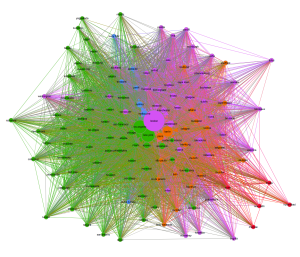Daniel Allington, Anna Jordanous, Byron Dueck
[Cross-posted from https://culturalvalueproject.wordpress.com/2015/07/17/dr-daniel-allington-dr-anna-jordanous-and-dr-byron-dueck-online-networks-and-the-production-of-value-in-electronic-music/]
This project began with Pierre Bourdieu’s argument that cultural value is a form of belief. Drawing on Marcel Mauss’s work in the anthropology of religions, Bourdieu (1993 [1980]) argued that a painting or a poem is a sort of fetish: that is, a ‘magical’ artefact whose special status derives from the fact that believers hold it to be magical. So, for Bourdieu, cultural production involves not only the production of artefacts, but also the production of belief in the value of those artefacts. It’s easy to see how this would apply to what Bourdieu called the ‘field of large scale production’, i.e. the commercial culture industries: big businesses such as major record labels and Hollywood film studios invest both in the production of what is now called ‘content’ and in advertising and other forms of publicity through which to generate demand for that content. But what most interested Bourdieu was what he called the ‘field of restricted production’ or the ‘field of art and literature’, which puts little emphasis on the audience, is embarrassed by excessive commercial success, and appears to operate on the principle of ‘art for art’s sake’.
Continue reading “Online networks and the production of value in electronic music”
